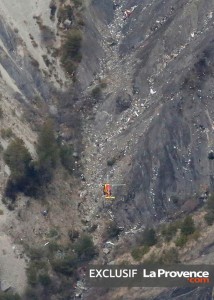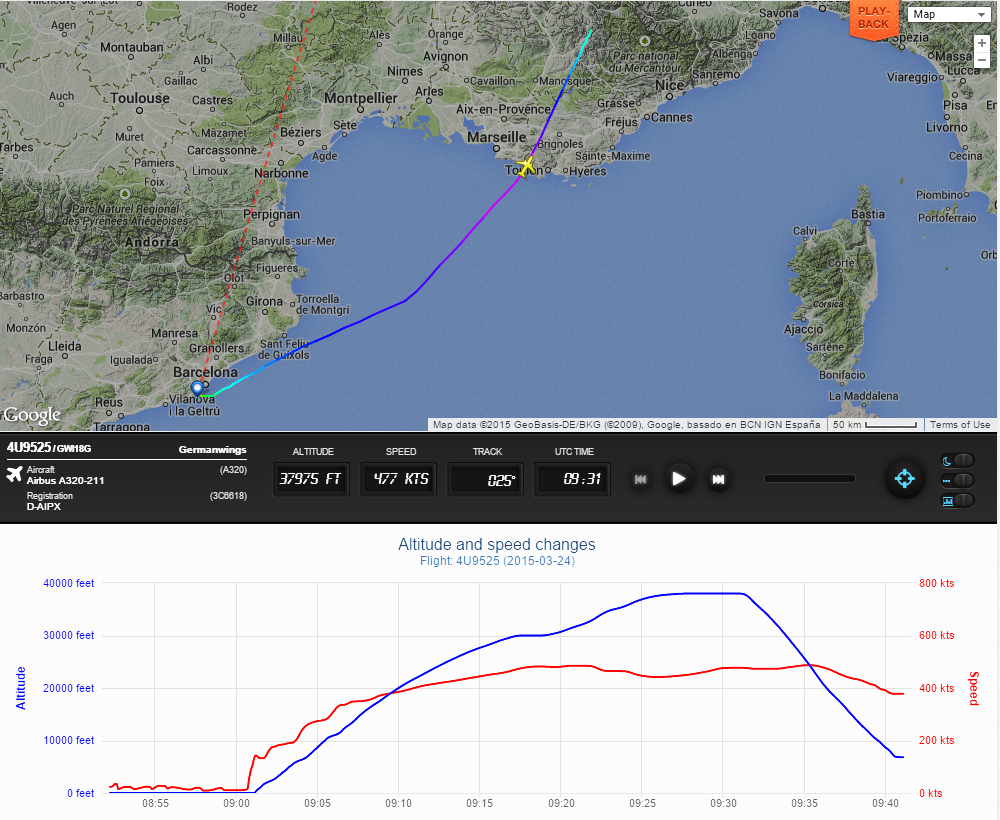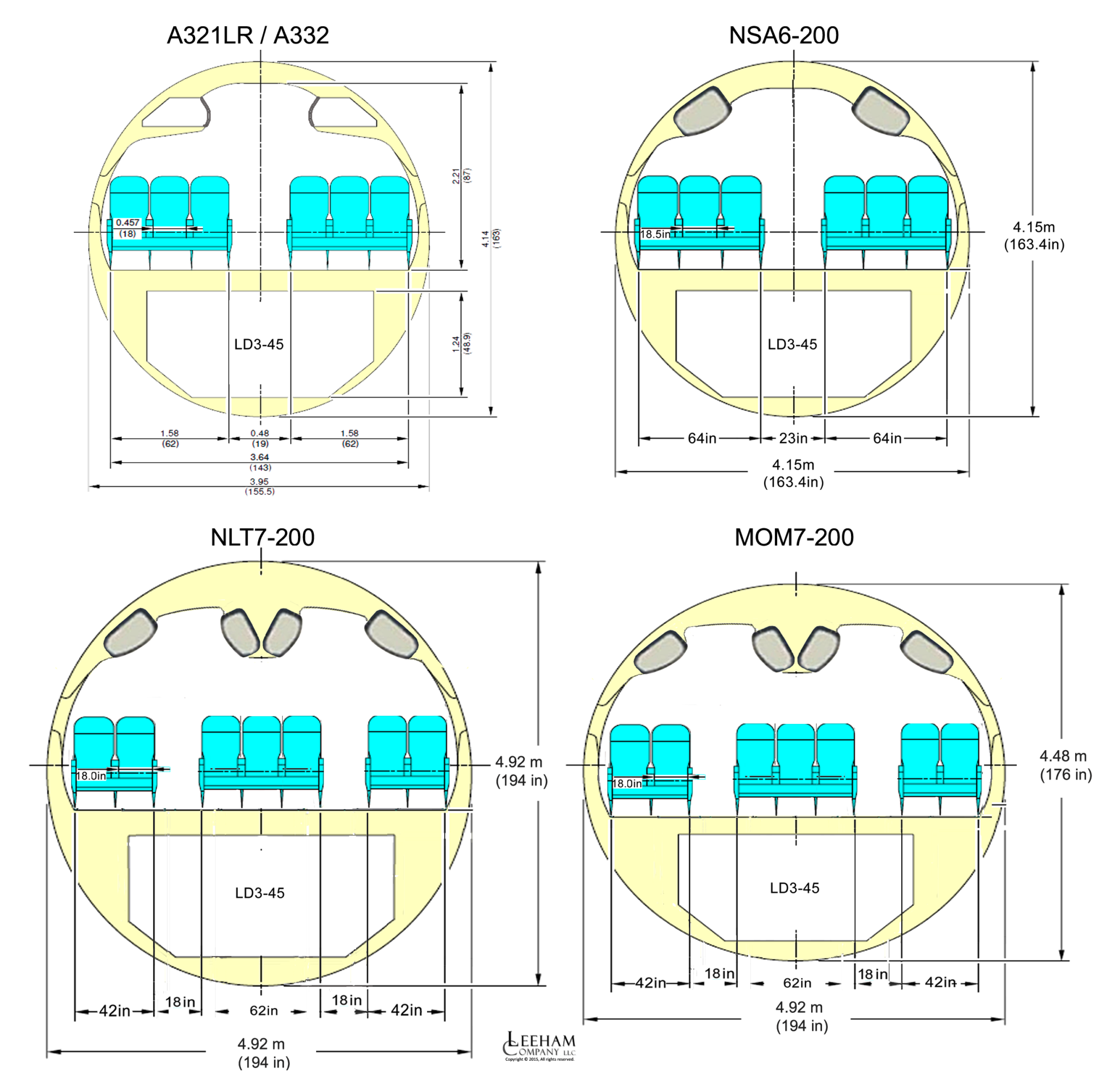Leeham News and Analysis
There's more to real news than a news release.
 Leeham News and Analysis
Leeham News and Analysis
- Airbus 1Q2024 results: Airbus CEO: “A350 in-service experience drives positive reputation and orders” April 25, 2024
- A350-1000 or 777-9? Part 3 April 25, 2024
- Boeing CEO promises company is turning around…again April 24, 2024
- Solid start for stand-alone GE Aerospace despite cuts to LEAP output April 23, 2024
- SPEEA, Boeing at impasse over safety program, union says April 23, 2024
Pontifications: Wizz could be first face-off of 737 MAX 200 vs “A320neo 195”
April 13, 2015: A campaign that began last year between Airbus and Boeing for a large order of 100 airplanes at Europe’s Low Cost Carrier, Wizz Air, could be the first face off between the “A320neo 195” (our name) and the 737 MAX 200 (Boeing’s name).
Note I said “could be.” I know Boeing is offering the MAX 200. I know Airbus is offering the A320neo. What I don’t know is if Airbus is offering the A320 195.
We first discussed the A320neo 195 last week, after a tip off by Mary Kirby of Runway Girl Network.
Wizz Air, of Hungary, currently operates only A320s and A321s. The competition is for 100 aircraft of the re-engined generation. This is a hot contest, with Boeing looking not only to flip Wizz from the A320 to the 737 but also to get a second customer for the MAX 200. Ryanair was the launch customer for the airplane last year, but no new orders have been landed since. Boeing touts the MAX 200 as the perfect solution for LCCs.
The contest is hot enough that our Market Intelligence indicates the pricing is already comfortably below $40m.
Airbus hasn’t announced a marketing name for its high-density version of the 195-seat A320neo, which last month won regulatory approval of the 195-seat concept. This is at 27-inch seat pitch. The MAX 200, which Ryanair said it will configure for 197 seats, will have a mixture of 30-inch and 29-inch pitch. Airbus believes galley cart requirements means Ryanair will have to go to 194 seats. Read more
Posted on April 13, 2015 by Scott Hamilton
Airbus, Airlines, Boeing, Bombardier, CSeries, Mitsubishi
737 MAX, 737 MAX 200, 747-8, 777X, 787, A320neo 195, Airbus, Boeing, Bombardier, Casey Stengel, CS100, CS300, CSeries, GAO, Government Accounting Office, Ilyushin Finance Co, KC-46A, Mitsubishi, MRJ90, New York Mets, New York Yankees, P-8A, Wizz Air
European airline industry: the restructuring patient
By Bjorn Fehrm
Introduction
April 7, 2015: There is not a month going by without a strike at some of the European airlines, big or small. The strikes are the tip of an iceberg, which is called “restructuring”; “restructuring for profitability,” “for survival” and for “having a future.”
European airlines are the most unprofitable next to African airlines, according to International Civil Aviation Organization (ICAO). The collected profits from all European airlines are less than one third of the profits in North America. The strikes are called from unions that are fighting managements as these try to change the fundamental cost structure of the airline to be able to compete, not only with Europe internal competitions from LCCs eating away on domestic traffic but now also from Gulf carriers taking away international traffic at an alarming rate. Read more
Posted on April 7, 2015 by Bjorn Fehrm
Airliner retirement age in the wake of low fuel prices
By Bjorn Fehrm
Introduction
March 31, 2015: We have received an update for Avolon’s “Aircraft retirement and storage trends” whitepaper from September 2012. In the age of changing fuel prices it makes for interesting reading as the author, Avolon’s Head of Strategy Dick Forsberg, includes the effects of fuel price changes in his analysis.
The analysis uses data from Ascends database up until 31 Dec 2014 to make its conclusions:
– Retirement age for jets remain stable with 60% of mainline aircraft still active after 25 years.
– Regional jets retire earlier, the 60% active age is 20 years.
– Behind early retirements of certain aircraft is first of type versions which have limitations in airframe or engines.
– Old aircraft and those who are stored more than two years don’t make it back from the desert.
– With continued low fuel prices deferred retirements would increase but still constitute less than 10% of new aircraft production. Read more
Posted on March 31, 2015 by Bjorn Fehrm
Pontifications: Remote control of airliners a bad idea
March 30, 2015: In the aftermath of what a French prosecutor said was the apparent suicide-mass murder of 150 people on Germanwings 9525, there have been some calls for and questions of creating a system of allowing ground controllers to assume command of airborne airliners in the event rogue pilot situation develops.
This is a bad idea. Read more
Posted on March 30, 2015 by Scott Hamilton
Bjorn’s Corner: Two in cockpit makes sense
March 27, 2015; As we informed yesterday, the Germanwing’s co-pilot had a pause in his training at Lufthansa’s pilot school in Bremen during 2009. Further details have since been revealed by, among others, the Dusseldorf’s prosecutors office. The leave for Andreas Lubitz, the co-pilot that flew 4U9525 to ground, due to sickness, from pilot training in 2009 was a long one; sources talk about 18 months.
Posted on March 27, 2015 by Bjorn Fehrm
Update on Germanwings; news conference highlights
March 25, 2015: It’s the end of the business day in France, where the Germanwings A320 crashed. Here’s the latest:
- The cockpit voice recorder was recovered yesterday, badly damaged.
It’s been reported that investigators are having difficulty recovering data.
- The flight data recorder was recovered today, but it, too, was badly damaged and the memory chip is reported missing.
- There is a theory emerging in Europe that the cockpit windscreen cracked, causing a depressurization that led to hypoxia and pilot incapacitation. Christine Negroni, who is a safety journalist, talks about this possibility in a recorded interview. However, John Cox, a safety expert, emailed us that the windscreen is double-paned and this hasn’t happened before. He is a former A320 captain with a major US airline.
- A news conference is reportedly scheduled for 11am Eastern time.
News conference highlights
As could be expected, there was little concrete information about the events of the airplane and what caused the accident. Remi Jouty, director of of the French Bureau of Investigation, recounted the flight path and communication concerns of the Air Traffic Control. He also said:
- The descent began eight minutes after the last communication with the airplane.
- The CVR has audible data, but it’s too soon to have any kind of analysis of what’s on the data. Initial analysis could be days away but a detailed transcript weeks and months.
- Although the New York Times reported the second black box, the flight data recorder, has been recovered but was missing the all-important data chip, Jouty said (via the translator) “We have not at all localized the second black box.” News reports quote the French president saying the box itself was recovered but it had no contents.
- Responding to questions about the theories of depressurization, Jouty said (via translator), “AT this point I don’t have even a beginning of a scenario. I refuse to construct any kind of scenario to include depressurization of the airplane.”
- Jouty did not know if the auto-pilot was engaged.
- He confirmed the descent rate was about 3,000 ft/min with some “fluctuations,” based on radar data.
We don’t believe there is going to be any news of consequence to the investigation until the CVR audio is analyzed and information released; and/or until the flight data recorder is found and analyzed. Mapping wreckage and recovery of remains will continue.
We’ll monitor events but otherwise plan to stand down until developments warrant.
Posted on March 25, 2015 by Scott Hamilton
Germanwings 4U9525 lost over French Alps; chiefs of state at site.
Note: we continue to add latest news to this article, updates are from now on in blue.
March 23, 2015; An A320 from Germanwings, a subsidiary of Lufthansa, has crashed today after contact was lost with the aircraft at 10.47 UTC over French Alps. The aircraft, with 144 passengers and six crew members, was on scheduled flight 4U9525 from Barcelona, Spain to Düsseldorf, Germany. The crash site has been identified north of Dijne-le-Bain in Alpes-de-Provence, French authorities has reported there are no survivors.
The aircraft, an A320, was serial number 147 from 1990, one of the older in the fleet of Germanwings.
Nothing is communicated about a possible reason for the crash, which happened after a steep descent from cruise altitude just after the aircraft reached the French coast east of Marseilles, Figure 2.
Posted on March 24, 2015 by Bjorn Fehrm
Pontifications: Alaska Air vs Sea-Tac Airport
Alaska Air vs Sea-Tac Airport: As if Alaska Airlines doesn’t have enough to do fending off Delta Air Lines, the Port of Seattle, owner of the Sea-Tac International Airport, wants to build a new International Arrival Facility (IAF) for more than $600m.
There certainly is a need. The current IAF is in the South Satellite Terminal. It’s old and it’s small. With Delta making Seattle its West Coast hub, and additional service added by a number of airlines (including, from Delta’s view, that dastardly Emirates Airline), it’s clear a new IAF is needed.
But therein lies the rub. The IAF, by definition, will be used by international flights–not by domestic flights. Yet under the Port’s financing proposal, all carriers at Sea-Tac will have to pay for the thing. Alaska, which operates more than 50% of the flights at Sea-Tac, has no international routes from Seattle save Canada. Alaska officials are understandably unhappy with the proposed funding source. Not only would Alaska be paying for a facility it won’t use, it would be subsidizing Delta’s operations.
Posted on March 23, 2015 by Scott Hamilton
Redefining the 757 replacement: Requirement for the 225/5000 Sector, Part 6.
By Bjorn Fehrm
Subscription required
Introduction
18 March 2015, c. Leeham Co: In Part 1 of of this series we investigated the market sector 225/5000, which is our name for the market segment beyond the capacity of single aisles A320 and 737 aircraft. Boeing calls this Middle Of the Market, MOM, and is studying which aircraft type would best cover this segment.
In Part 5 of the series we concluded that beyond 220 seats a dual aisle aircraft can be competitive as it can increase utilization due to shorter ground turn-around time. We now conclude the investigation by looking at what Airbus response can be based on a further developed A320 and how it would stack up against optimized seven abreast dual aisle alternatives from Boeing’s MOM study, one of these using Boeing’s patented elliptical fuselage, Figure 1.
Summary
- The rational further stretch of Airbus A321LR is a re-winged/re-engined A322 with 30-40 more passengers, or five to seven additional rows.
- We compare this development with optimized models from our MOM studies and the A321LR.
- For the comparison we focus on efficiency in weight, drag and fuel for the different alternatives. How competitive will a stretched A321 be and how close in weight and drag comes an elliptical MOM model?
Posted on March 18, 2015 by Bjorn Fehrm
Pontifications: USA to the World: “We want to fly everywhere. Period.”
- Two of the Big 3 Middle Eastern carriers launched a PR counter offensive in Washington DC today. Below are my thoughts.
I haven’t weighed in on the current battle between the Big 3 US airlines and the Big 3 Middle Eastern carriers because it’s largely beyond the scope of LNC. But I like commercial aviation history, so I thought I’d bring up a little.
In the era immediately post-World War II, when third, fourth and fifth freedom rights were being negotiated between the US and the Rest of the World, there was a member of Congress, Claire Luce Booth of Connecticut, summed it up nicely: “American postwar aviation policy is simple. We want to fly everywhere. Period.”
Posted on March 17, 2015 by Scott Hamilton
Airbus, Airlines, American Airlines, Boeing, Delta Air Lines, Frontier Airlines, United Airlines
Air France, Allegheny Airlines, American Airlines, Delta Air Lines, Emirates Airlines, Etihad Airways, Frontier Airlines, KLM, Mohawk Airlines, Ozark Airlines, Pan Am, Qatar Airways, Robert Crandall, TWA, United Airlines
Email Subscription
Twitter Updates
My TweetsAssociations
Aviation News-Commercial
Commentaries
Companies-Defense
Resources
YouTube
Archives
- April 2024
- March 2024
- February 2024
- January 2024
- December 2023
- November 2023
- October 2023
- September 2023
- August 2023
- July 2023
- June 2023
- May 2023
- April 2023
- March 2023
- February 2023
- January 2023
- December 2022
- November 2022
- October 2022
- September 2022
- August 2022
- July 2022
- June 2022
- May 2022
- April 2022
- March 2022
- February 2022
- January 2022
- December 2021
- November 2021
- October 2021
- September 2021
- August 2021
- July 2021
- June 2021
- May 2021
- April 2021
- March 2021
- February 2021
- January 2021
- December 2020
- November 2020
- October 2020
- September 2020
- August 2020
- July 2020
- June 2020
- May 2020
- April 2020
- March 2020
- February 2020
- January 2020
- December 2019
- November 2019
- October 2019
- September 2019
- August 2019
- July 2019
- June 2019
- May 2019
- April 2019
- March 2019
- February 2019
- January 2019
- December 2018
- November 2018
- October 2018
- September 2018
- August 2018
- July 2018
- June 2018
- May 2018
- April 2018
- March 2018
- February 2018
- January 2018
- December 2017
- November 2017
- October 2017
- September 2017
- August 2017
- July 2017
- June 2017
- May 2017
- April 2017
- March 2017
- February 2017
- January 2017
- December 2016
- November 2016
- October 2016
- September 2016
- August 2016
- July 2016
- June 2016
- May 2016
- April 2016
- March 2016
- February 2016
- January 2016
- December 2015
- November 2015
- October 2015
- September 2015
- August 2015
- July 2015
- June 2015
- May 2015
- April 2015
- March 2015
- February 2015
- January 2015
- December 2014
- November 2014
- October 2014
- September 2014
- August 2014
- July 2014
- June 2014
- May 2014
- April 2014
- March 2014
- February 2014
- January 2014
- December 2013
- November 2013
- October 2013
- September 2013
- August 2013
- July 2013
- June 2013
- May 2013
- April 2013
- March 2013
- February 2013
- January 2013
- December 2012
- November 2012
- October 2012
- September 2012
- August 2012
- July 2012
- June 2012
- May 2012
- April 2012
- March 2012
- February 2012
- January 2012
- December 2011
- November 2011
- October 2011
- September 2011
- August 2011
- July 2011
- June 2011
- May 2011
- April 2011
- March 2011
- February 2011
- January 2011
- December 2010
- November 2010
- October 2010
- September 2010
- August 2010
- July 2010
- June 2010
- May 2010
- April 2010
- March 2010
- February 2010
- January 2010
- December 2009
- November 2009
- October 2009
- September 2009
- August 2009
- July 2009
- June 2009
- May 2009
- April 2009
- March 2009
- February 2009
- January 2009
- December 2008
- November 2008
- October 2008
- September 2008
- August 2008
- July 2008
- June 2008
- May 2008
- April 2008
- March 2008
- February 2008






